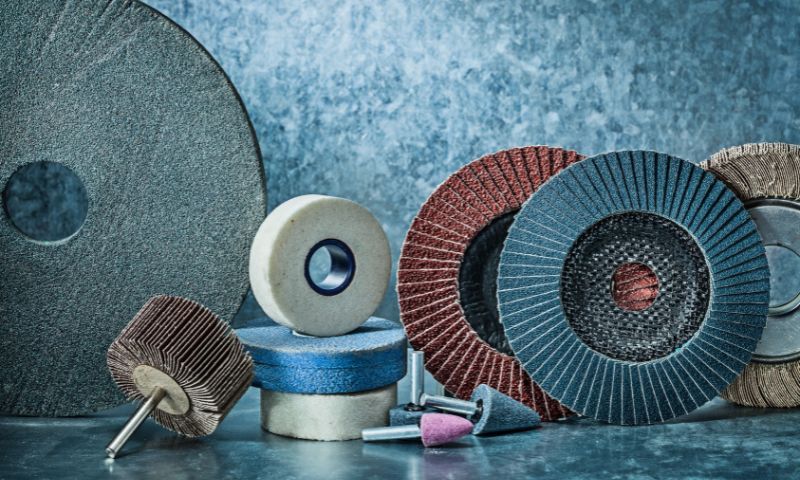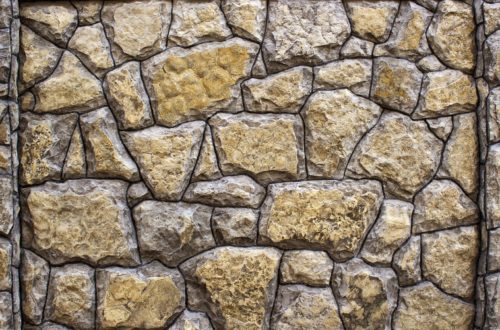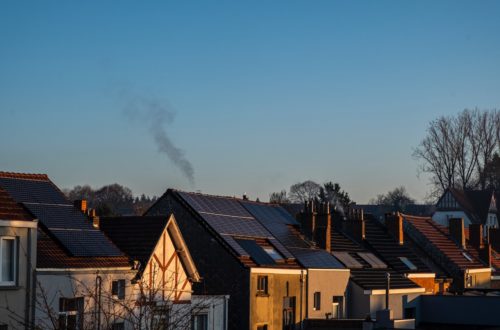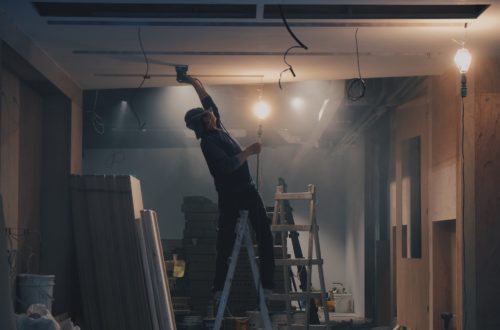Grinding Wheel Troubleshooting: Issues and Solutions

Grinding wheels are essential tools in a range of industrial, construction, and manufacturing processes, but they are not without their problems. Understanding the issues and solutions for when you’re troubleshooting your grinding wheel can be crucial to the efficiency and safety of your operations.
This guide will walk you through some of the most common grinding wheel problems and provide you with practical solutions to get your work back on track.
Chatter Marks or Vibration Issues
One of the most noticeable problems when working with grinding wheels is the presence of chatter marks or excessive vibration during the grinding process. A wheel that is out of balance or misaligned on the grinder can cause these problems.
The solution lies in ensuring that the wheel is correctly mounted and balanced on the arbor. Also, regularly inspecting and maintaining the grinder’s bearings can prevent misalignment and reduce vibration.
Wheel Wear and Tear
Another significant concern is the rate at which a grinding wheel wears down. Excessive or uneven wear can occur if the wheel is not suited to the material it’s grinding or if incorrect grinding parameters are in place.
To mitigate this, ensure you’re using the right type of wheel for the material and application. Also, periodically dress the wheel to maintain a sharp, clean cutting surface, which can help extend the life of the wheel.
Glazing or Loading of the Wheel
Glazing refers to a shiny surface on the wheel and is typically a result of using too fine a grit for the job or the use of incorrect speeds. Loading, on the other hand, occurs when material being ground embeds itself on the wheel surface, inhibiting grinding ability.
Address glazing by choosing a coarser grit or softer grade wheel. In the case of loading, apply a wheel cleaner to remove the embedded particles or choose a wheel with a more open structure to prevent the problem.
Excessive Heat Generation
Generating too much heat during grinding can lead to multiple issues, including damage to both the workpiece and the grinding wheel itself. Several factors could be the culprit, including an overly aggressive grinding process, insufficient coolant, or a wheel that’s too hard. It is crucial to use appropriate feed rates, apply a suitable coolant in the right quantity, and opt for a softer grade wheel to ensure adequate heat dissipation.
However, keep in mind that excessive heat generation could stem from your wheel grinding machine, not just the wheel. To figure out whether the machine or the wheel is the problem, check the machine’s coolant levels.
Knowing these issues and solutions is helpful when you’re troubleshooting your grinding wheel. Understanding how to troubleshoot effectively can save you time and money while ensuring a safe working environment for all involved.
Would you like to receive similar articles by email?





